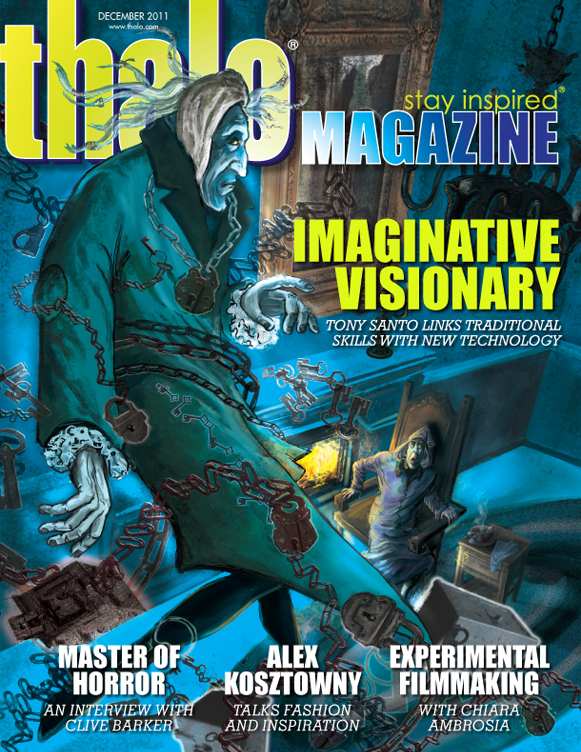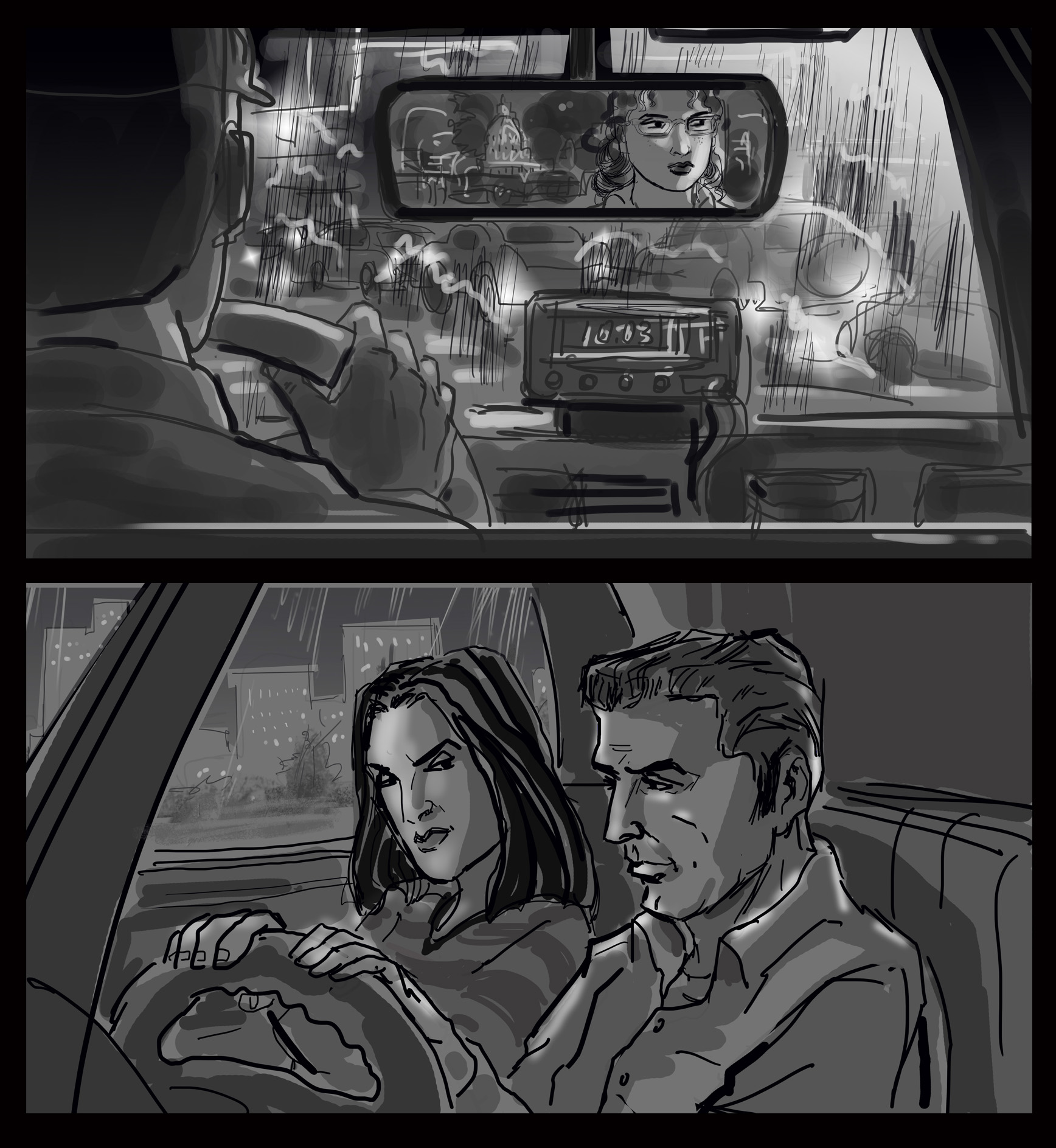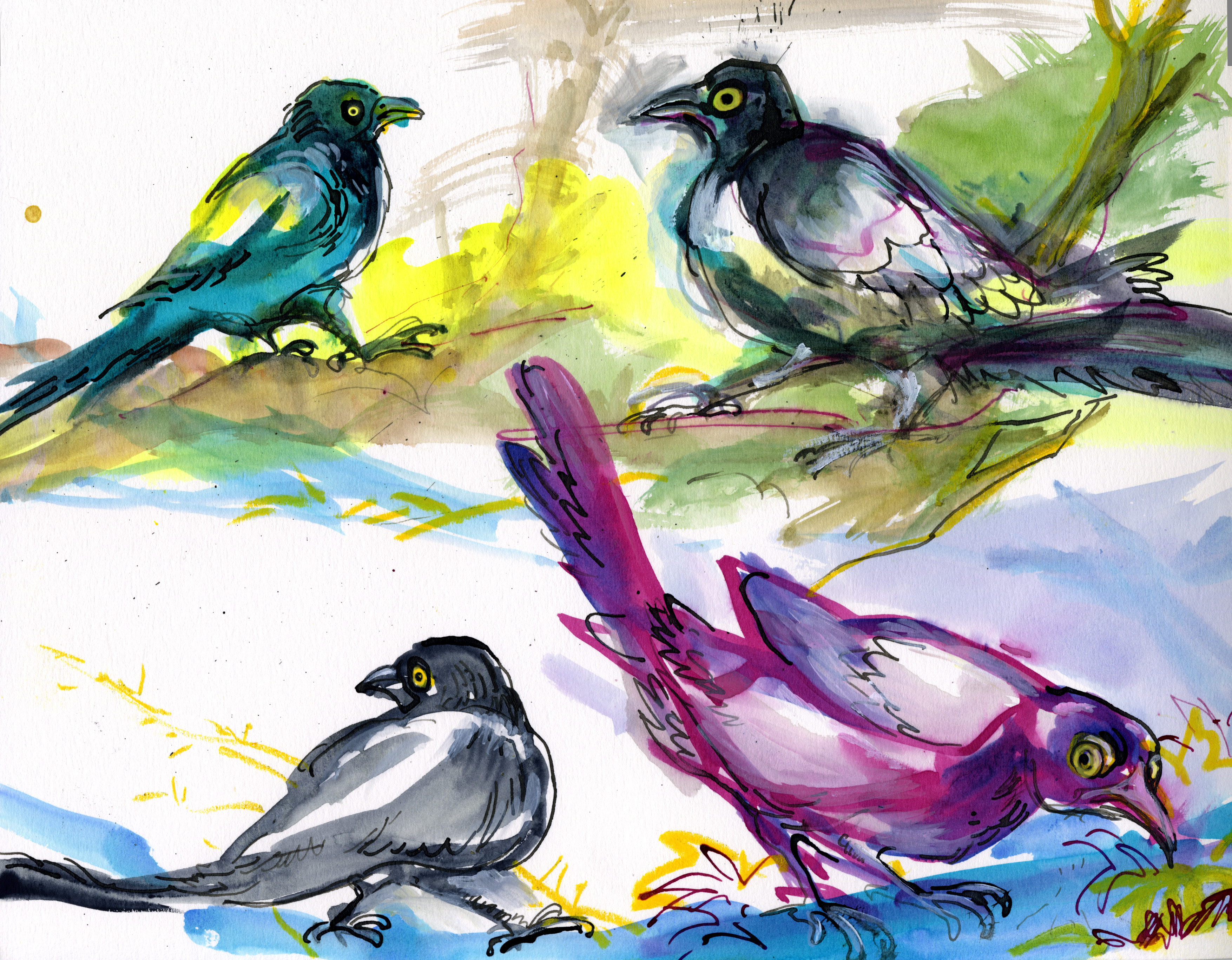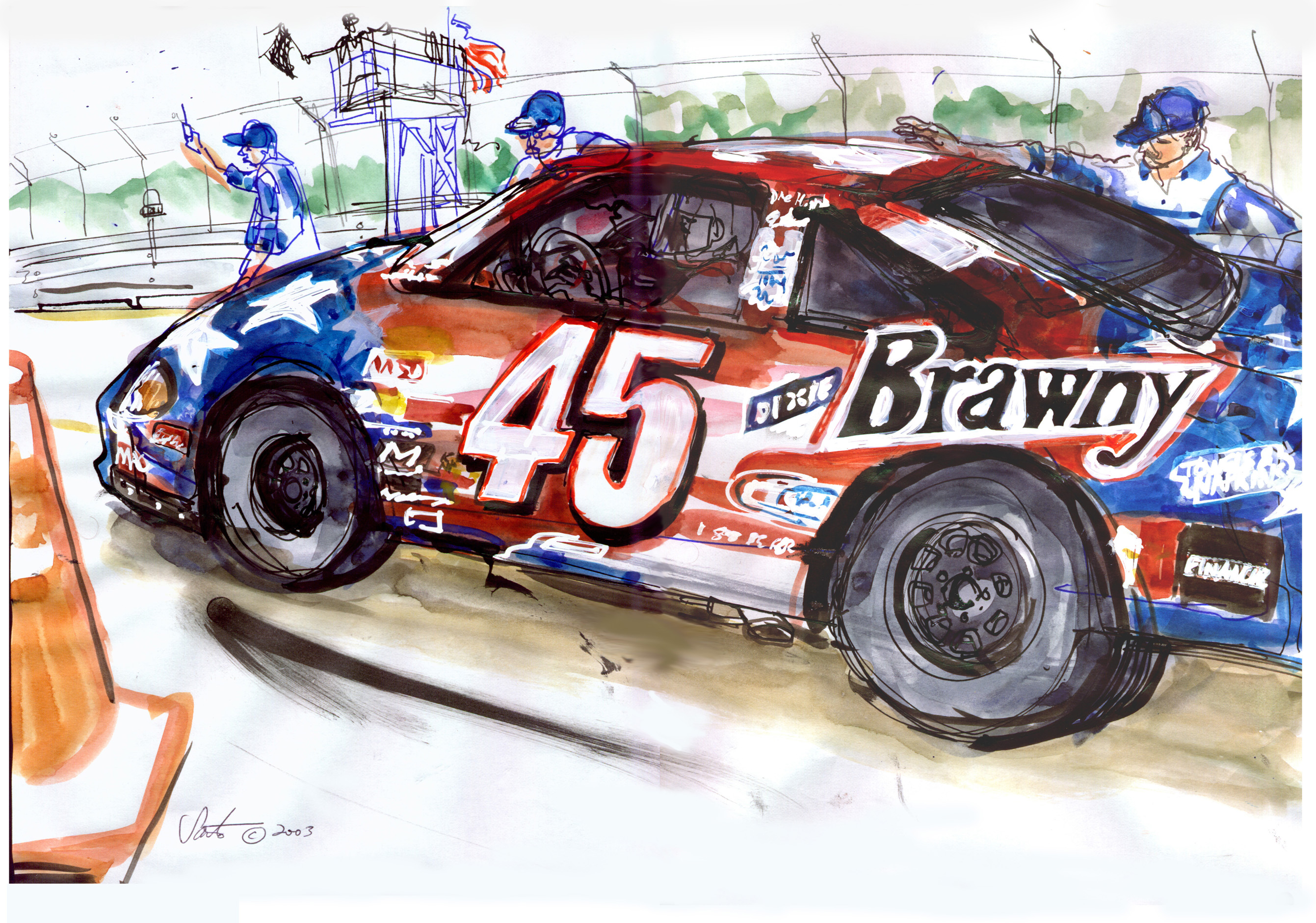
 December Cover ArtistCover Artist: Tony Santo
December Cover ArtistCover Artist: Tony Santo 


Tony Santo grew up in Staten Island, NY, playing baseball, GI Joes, and reading comic books. His goal since 6th grade was to be a professional comic book artist. He attended Parsons School of Design and graduated with a BFA in Illustration. It was there that he studied with veteran illustrator and teacher David Passalacqua, Sr. which directed him toward being a “thinking artist” and trained him in location drawing. Tony’s love for animation and Disney visual development art pointed him to Walt Disney Feature Animation, where he was character clean-up animator on Lilo and Stitch, Brother Bear, The Emperor’s New Groove, Tarzan, Mulan, and the Little Match Girl. After Disney he went to EA Sports in Orlando, Florida, serving as Art Director on video games like Madden NFL, NCAA Football and NASCAR Chase For the Cup. He contributed to many game platforms, including XBox360, Play Station 2, and Nintendo DS. Since 2009, he has been a storyboard artist and art director for a variety of clients in the advertising, animation and entertainment industry. Thalo talks with Tony about art, technology, and making the most of yourself.
thalo: Some of your work, such as the Marley piece, is of subjects that viewers are already very familiar with. How do you infuse your own style to make the pieces interesting and fresh?
Tony Santo: First I make a bunch of thumbnail sketches. I try to get a strong design. Then when I am satisfied with something I work the thumbnail up larger, usually by blowing it up in scale, so I can retain whatever freshness I captured in the thumbnail. I have a tendency to tighten up more that I want to in my finishes, so in the case of Marley, I was pretty happy with the level of refinement, or lack thereof. I also do a lot of research before hand, while reading the material. I pick the most unusual examples of illustration and art I can find, and remember what I like about them. My intention is to make something equally unusual.
th: You work a lot with graphic arts and comic-style illustrations. Do you ever encounter opposition by people who think such subjects aren’t “real” art? How do you handle those situations?
TS: I really don’t get to hear much criticism of my work, not because it doesn’t need it, but because as a commercial artist, people are either saying “we like your work and want to hire you for this assignment” or they aren’t answering the phone. If they hire me it is because they think I have right look for the job. Sometimes I’m thinking “this client will love my refined work” and when I meet them they will say “I love how loose your work is, keep it loose” or vice versa. In the end I am my worst enemy, I need to trust that I am getting hired because clients like what they see.
th: You also have a lot of experience working with Electronic Arts, the video game developer. What has that experience been like for you as an artist?
TS: Some once told me working in video games is like dancing in a dark closet. Basically you have a limited amount of resources, but you need to make a brilliant looking game that gets a “Metacritic” rating of at least “90” or whatever. At first I felt the art had been removed from my job description, because I spent so much time reviewing documents and understanding production pipelines and juggling office politics. Much of Art Direction is about how you show leadership, and how much technical stuff you understand - not how great an artist you are. I developed a great critical eye and learned how to articulate my art direction to my team. Being in the lead also forced me to design with more clarity. I learned how to set visual targets and understand how to reach them, with or without software. I expanded my curiosity of lighting, animation, rendering, and polish. I was able to take those critical evaluation skills into my own work at night in my own studio. The results have made me a better artist, one who has more confidence and expertise.
th: What would you tell students thinking about pursuing degrees in art?
TS: Lots of schools promise to give you a degree in all the latest and greatest software. I encourage everyone to not only learn how to draw, but to develop an opinion as an artist. Don’t settle for being a craftsman. As artists we don’t merely want to copy photos, or build 3D models. We want to have something to say with our talent. I tell my students in my drawing class, if you have an opinion, a message, and a premise with your work, you will make interesting art. Develop your intellect, research, read, learn, form an opinion - then say it with your art. The more information an artist has, the more longevity he will have.
th: Is there anything you wish you could change from earlier in your career or schooling?
TS: I’m not sure. I did the best I could with the time and maturity I had at the time. I remember sitting in my room many summers, drawing my own comic books, thinking they might be good enough to get me hired by Marvel or DC. But working in a vacuum was the norm. It would have been great if there were a chance to hang around some of the artists I admired at that age. I spent a little too much time alone trying to figure it out.
To see more of Tony's work visit www.tonysanto.com.
permalink | past covers
